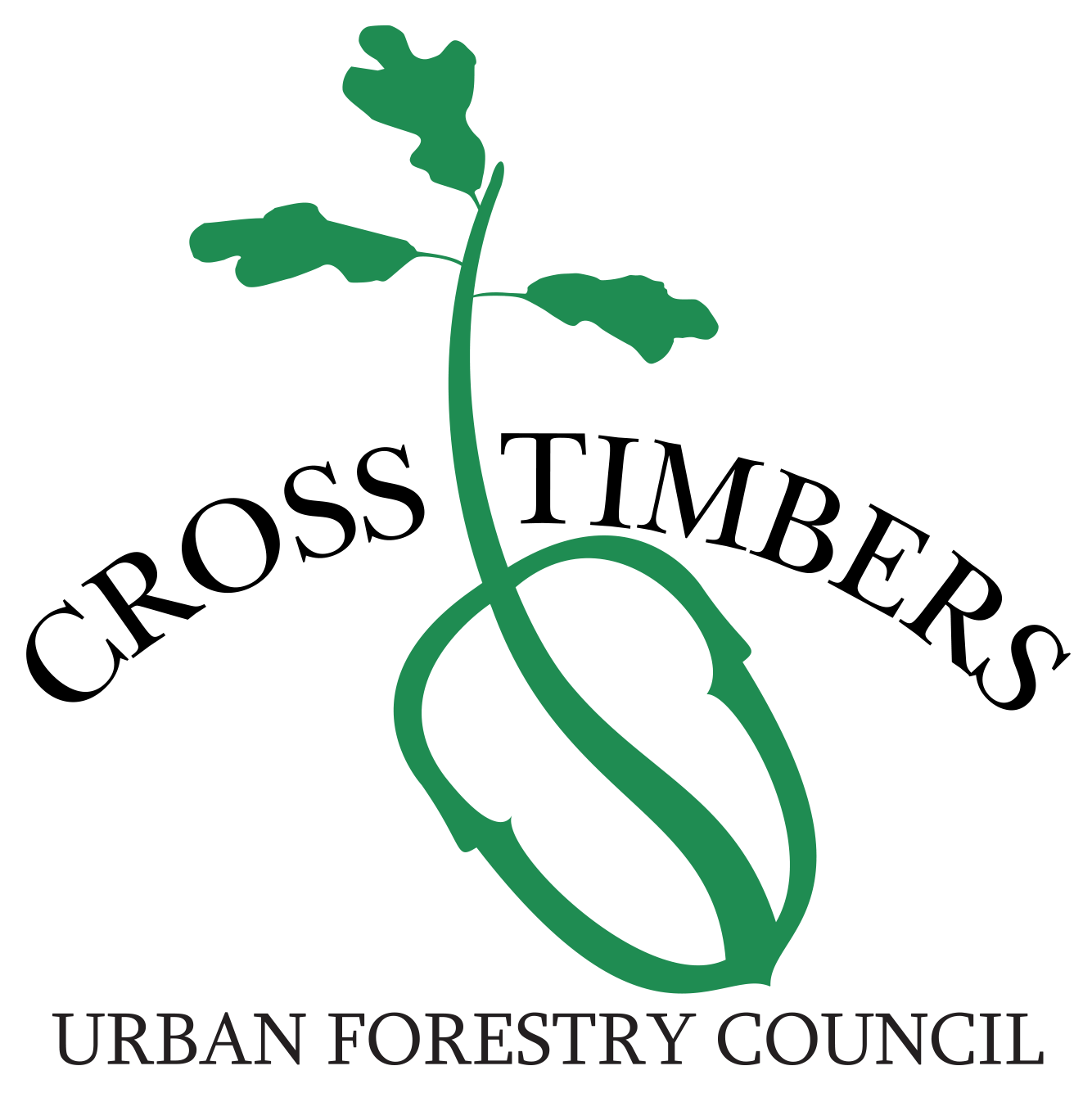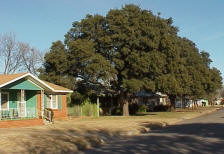
Jan 5, 2017 | FAGACEAE - Oak Family, Native Trees
Live oak – Quercus virginiana
Live oaks illicit an image of the ‘Deep South’ & tree-lined streets with Spanish moss dangling from their limbs. Live oaks are stately trees with spreading canopies that provide extensive shade. They are popular landscaping trees in our area because they are semi-evergreen; meaning they keep their leaves most of the year.
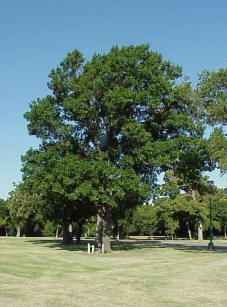
Jan 5, 2017 | FAGACEAE - Oak Family, Native Trees
Shumard red oak – Quercus shumardii
This fast growing oak is a popular choice with homeowners. It provides quick shade & excellent fall color. Its shape is very attractive as well. It’s susceptible to Oak Wilt, so before selecting a Red oak, check the diversity of trees in your yard & neighborhood. You don’t want to get completely wiped out if Oak Wilt strikes your area. Shumard red oaks grow naturally along streams & in moist forests. However, they do excellent in landscape settings.
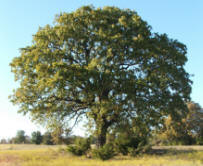
Jan 5, 2017 | FAGACEAE - Oak Family, Native Trees
Post oak – Quercus stellata
Post oak has a beautiful branching structure that speaks to rugged determination and strength. The silhouette of this tree is almost iconic. They grow mostly in sandy soils and are the dominant species of the Cross Timbers ecosystem. If you have Post oak on your property & you are considering removing some; think long & hard about this because these beautiful trees cannot be replaced in your lifetime. Post oaks are not often found at nurseries so if you have the chance to plant one on your property, don’t pass up the occasion!

Jan 5, 2017 | FAGACEAE - Oak Family, Native Trees
Chinquapin oak – Quercus muehlenbergii
This is not a Chinquapin tree, but rather an oak that has leaves similar to the Chinquapin, hence its name Chinquapin oak. This oak grows in uplands & creek bottoms on calcareous/limestone soils. It is a popular landscaping tree in our area. It has an interesting leaf shape & displays beautiful fall colors.
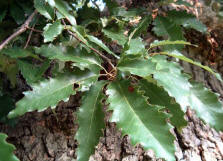
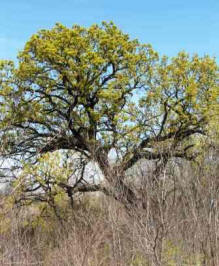
Jan 5, 2017 | FAGACEAE - Oak Family, Native Trees
Bur oak – Quercus macrocarpa
The Bur oak grows to towering heights. You could think of it as representing Texas where “everything’s bigger in Texas” because the tree is big, the leaves are big, & the acorns are big! The fruit of this plant is a capsule and contain small seeds. However, acorns give it the scientific species name of macrocarpa, which means “big fruit.” This tree provides deep shade so plant one now so you & your family will still be able to enjoy its cooling effects & majesty.

